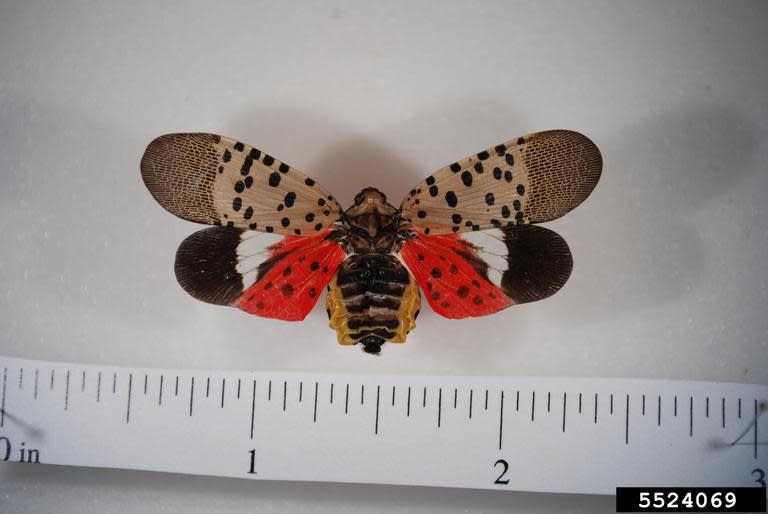Ask the expert: How do you protect your tulips from pests?

Editor’s note: Throughout the growing season, Mike Hogan, OSU Extension Educator for Agriculture and Natural Resources in Franklin County will answer gardening and home landscape questions submitted by Dispatch readers. Send your questions to hogan.1@osu.edu.
Q: Many of my tulips did not come up this spring, although they have bloomed profusely in previous springs. Is there a disease or insect that would have caused this? Can I plant new tulip bulbs in the same location?
A: Sudden disappearance of all growth of bulbs such as tulips typically points to furry pests such as moles, voles, chipmunks and even squirrels. With squirrels, you should see evidence of soil disturbance and digging in the bed. Often times, you do not see above-ground evidence of damage caused by moles, voles and even chipmunks. These critters can devour the bulbs underground without any evidence until spring when there is no growth from the bulbs. If there was no growth of the bulbs and no evidence of digging or soil disturbance, they were likely eaten during the winter by moles, voles or chipmunks.
Ask the expert: What is the best way to control moss in your lawn?
You can re-plant new bulbs in the same location, but you may want to protect them from becoming another buffet for these critters. Bulbs can be protected by purchasing bulb baskets or cages that fit around bulbs to protect them from feeding by critters. You can also create your own protective cages by wrapping bulbs in quarter-inch hardware cloth before planting this fall.

Q: While working in my backyard shed last week, I found a large colorful moth that looks like a Spotted Lanternfly. Should the location of this insect be reported?
A: If the colorful moth that you found was alive, it is not a Spotted Lanternfly (Lycorma delicatula), as this insect is not in the adult stage at this time of year. Right now, Spotted Lanternfly is in the nymph stage and will not be in the colorful, distinctive adult stage until late July.
If the winged insect that you found was dead, it could have been a Spotted Lanternfly adult from last summer that made its way into your shed and died, as Spotted Lanternfly have a one-year life cycle and do not survive the winter.
Suspected finds of Spotted Lanternfly should be reported to the Ohio Department of Agriculture online at: agri.ohio.gov. Suspected finds can also be reported using the Great Lakes Early Detection App, which is available as a free download.
Garden tips: Limited to a small space? Here's how to grow a successful container garden
Spotted Lanternfly is a non-native exotic pest from Asia, which was first found in the Eastern United States, and has made its way west. It has been found in a few locations in Ohio. This pest has spread mostly by hitching a ride on cars, trucks and trains, and is frequently found in locations close to highways and railroad tracks. It is a serious and destructive pest of tree fruit, grapes and hops.
The preferred host for Spotted Lanternfly to lay its eggs is Tree of Heaven (Ailanthus altissima), so the insects are often found in close proximity to this tree, which is also an invasive species itself!
This article originally appeared on The Columbus Dispatch: Ask the garden expert: How do you protect your tulips from pests?

